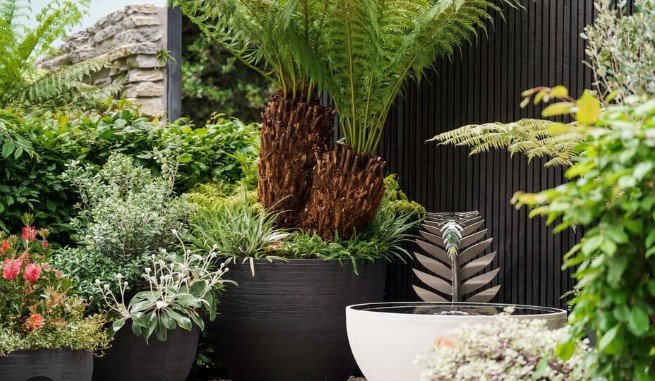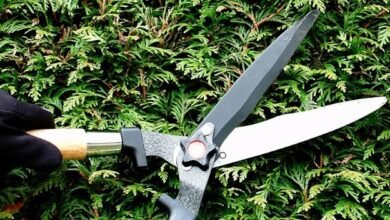Container Selection For Nursery Plants: The Key To Successful Gardening

If you’re a gardener, choosing the nursery container that best suits your needs is crucial to the health and development of your plants. Nursery containers provide an environment where young seedlings can thrive and grow before being transplanted. The right container will promote optimal root development, healthy growth, and efficient drainage. We will examine the factors to be considered when choosing the ideal nursery containers for your gardening.
1. The Importance Of Nursery Containers
Nursery containers provide the first protection for plants and offer care during their initial growing stages. The right nursery container creates an environment that allows the roots to expand and allows them to access nutrients. Without a suitable container, your plants could suffer from poor growth, restricted root development, or over- or under-watering. Choose the best container to ensure that you are preparing your plants for long-term and successful growth.
2. Material Concerns For Nursery Containers
Nursery containers are made of a wide range of materials, each offering unique benefits for plants and gardeners. The type of container you select will depend on factors such as the plant’s location, preferences, and taste.
- Containers made of plastic: Plastic nursery containers are very popular for their durability, affordability, and lightweight nature. They are easily portable and can be used for indoor and outdoor gardening. Plastic containers can also be used to retain moisture, which is ideal for plants that need constant watering. In addition, plastic containers come in many sizes and forms, making them versatile for different plants.
- Eco-Friendly Nursery Containers: Biodegradable container nursery pots are growing popular among gardeners who care about the environment. These containers can be made of peat or wood pulp. The materials break down slowly and provide nutrients to the soil. They are perfect for reducing waste, and they minimize the risk that plants will suffer transplant shock because the containers can be placed in the ground.
3. The Right Size
The right-sized nursery pot is essential to ensure healthy root growth. Plants in containers that are either too small or too large can become root-bound, where their roots coil up around the interior of the container, stunting growth. Containers that are too large, on the other hand, can have problems with water and nutrient absorption.
- Small containers (2-4 inches) are perfect for starting small seeds or seedlings. Small nursery containers allow for a young plant to develop its initial root system. Once the seedlings grow sufficiently, they may be transplanted into larger containers or the garden.
- Medium containers (6-8 in): Ideal for plants transitioning between seedling and mature stages. These containers provide enough space for the roots to grow without overburdening them with soil. These containers allow more root growth in herbs, small plants, and flowers.
- Large Pots (over 10 inches): For plants of mature size or greater, large nursery pots provide plenty of room for roots to spread. These containers will work for shrubs, fruit-bearing trees, and plants that will remain in the container their whole lives. A larger container can reduce the frequency of repotting, minimizing the risk to the root system.
Read also: Insulated Garden Rooms: Transform Your Outdoor Space
4. The Importance Of Drainage And Aeration For Plant Health
The most important factor in choosing a nursery pot is the drainage. A nursery container that does not drain well can lead water to accumulate in the soil and cause root rot. Choose containers with drainage slots at the bottom. This allows water to drain away and keeps soil from becoming flooded.
Aeration can be as important to plant health as drainage. Containers that allow for good airflow are better able to provide oxygen to the roots. Fabric pots can help aerate your plants, but the right soil mix also enhances other types of containers. A potting mix that drains well, combined with proper container air circulation, will provide the ideal environment for plants to flourish.
5. Consider The Weight & Mobility
The weight of the nursery container is important, especially when you move your plants frequently. They are also easy to move. This makes them perfect containers for gardeners who want to relocate plants to better sunlight and protection from harsh conditions.
Weight is not as important for heavier, larger plants or plants that will remain in one place. But if your area is prone to high winds, heavier containers may provide stability to prevent plants from being blown. Ceramic and stone containers will look great in these cases.
Conclusion
For successful gardening, choosing the right nursery containers is vital. By considering factors like size, material, drainage, and aesthetics, your plants can thrive. The right container ensures your garden flourishes with healthy, happy plants. The right nursery container will enhance your indoor and outdoor space with beautiful plants.



